EAT IN ASIA / Destinations / Other destinations / Europe / Romania
TOP 5 Romanian types of cheese
Tags: ROMANIA
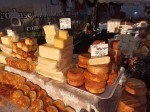

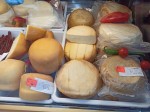


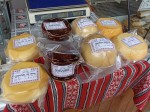
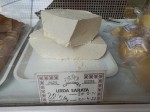

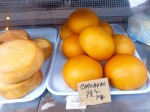
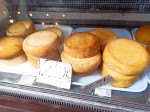
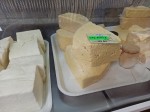

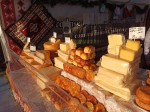
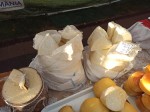
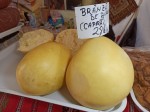

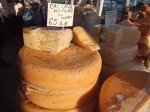

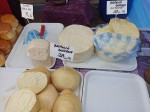
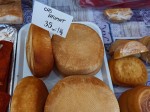
Cheese in the Romanian cuisine is very popular. Starting with a regular cow’s milk, through a goat one and ending on a sheep milk. Whichever you prefer is a good base for a delicious cheese. Romania has a lot of them. Soft and hard. Fresh and matured, smoked and natural. Cheese with herbs, spices, nuts, and seeds. Spicy and mild. Salty and sweet. Well, just imagine your favorite one, and you will find it in Romania.
The list of cheese is a long one. As mentioned above, with a lot of varieties, tastes and textures, Romanian cheese selection will satisfy all cheese lovers.
Cheese is added to many meals and desserts. Depending on the cheese, its maturity, softness and saltiness, cheese can be found both in savory dishes and in sweet cakes. The most popular are Caș, Cașcaval, Telemea, Urdă and Brânză de burduf. Some of them can be natural, some smoked and some with spices or herbs. Some of them are fresh and some matured for a long time, or even in a fir shell. Light and fresh cheese is mainly eaten for a breakfast or added to desserts. Other types are ideal for melting and heating and some of them are an ideal partner for a dry, red wine. Read more about our wine tasting experiences in Lebanon: Lebanese Beaujolais Nouveau, Chateau Musar, and Kefraya and choose the best one for you to have with cheese. Of course, the best option would be to have a local, Romanian wine.
Caș cheese

Caș is a fresh cheese that is semi-soft, delicate and has a plain texture. This white cheese creates an ideal base for many other cheese types, including Telemea and Cașcaval. Telemea cheese is obtained after storing caș in a brine for a couple of weeks – from two to three. Caș can be either made of a cow’s milk or from a goat’s milk. It is salty or just slightly salted and can be used in pastries, cakes, pies, pastries or is served with vegetables in a form of a healthy snack. Caș can be smoked, natural or even slightly sweet from its natural flavor.
Cașcaval cheese
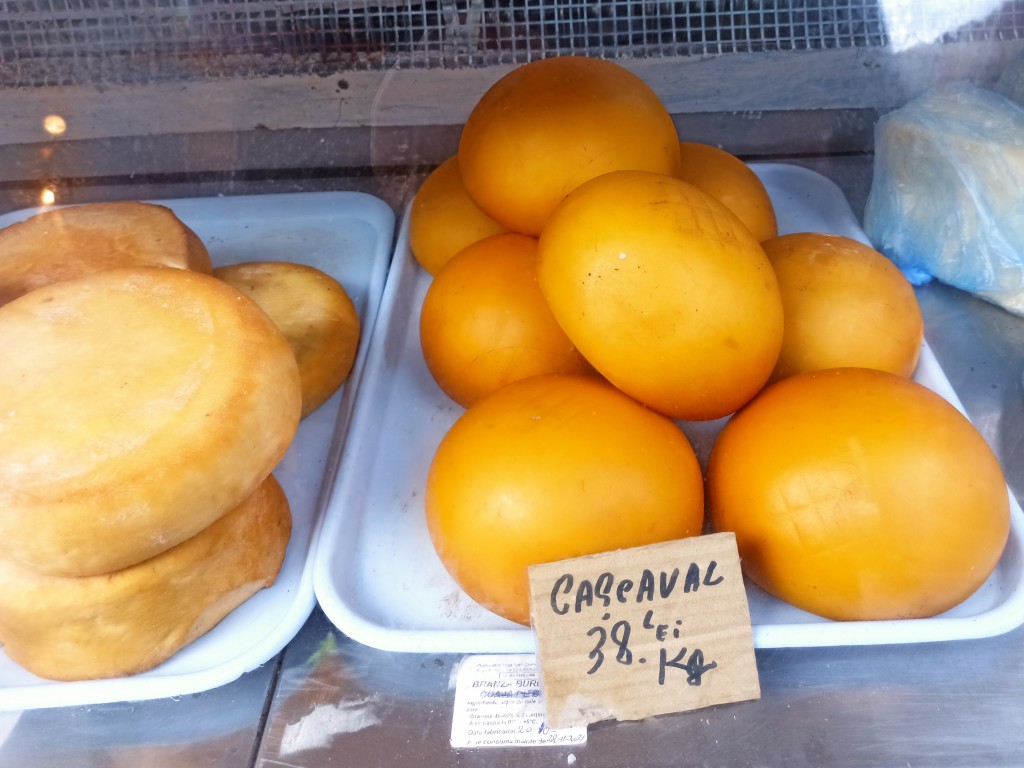
Cașcaval is another type of a Romanian cheese that is either made of a cow’s milk, or from a sheep’s milk or from a mix of both of them. Generally speaking, the name ‘cașcaval’ is in many places referring to a yellow cheese. Especially in Romania and neighbor countries the main distinguish between types of cheese is a white one and a yellow one. White cheese is a fresh, soft and either creamy or curdy cheese, while cașcaval is a harder one, that is matured for at least a couple of weeks. As it is a semi-hard or a medium hard type of a cheese it is very often used in fried dishes including a fried cheese in breadcrumbs served on vegetables or on a salad. Another common way of serving it, is to serve it as an appetizer with olives, onion, and radish. Cașcaval is high in fat and is slightly creamy in its texture. It has its roots in a Sicilian cheese known as Caciocavallo and the basic version of cașcaval is relatively mild in aroma. In some regions of Romania, cașcaval is also smoked, what gives the cheese an extra, specific flavor. With every week of keeping the cheese in a brine, it gets more and more mature, and in the same time, its taste gets more and more distinguishable and noticeable. Some cașcaval varieties include cașcaval with pepper, cașcaval with cumin and cașcaval with thyme.
Telemea cheese
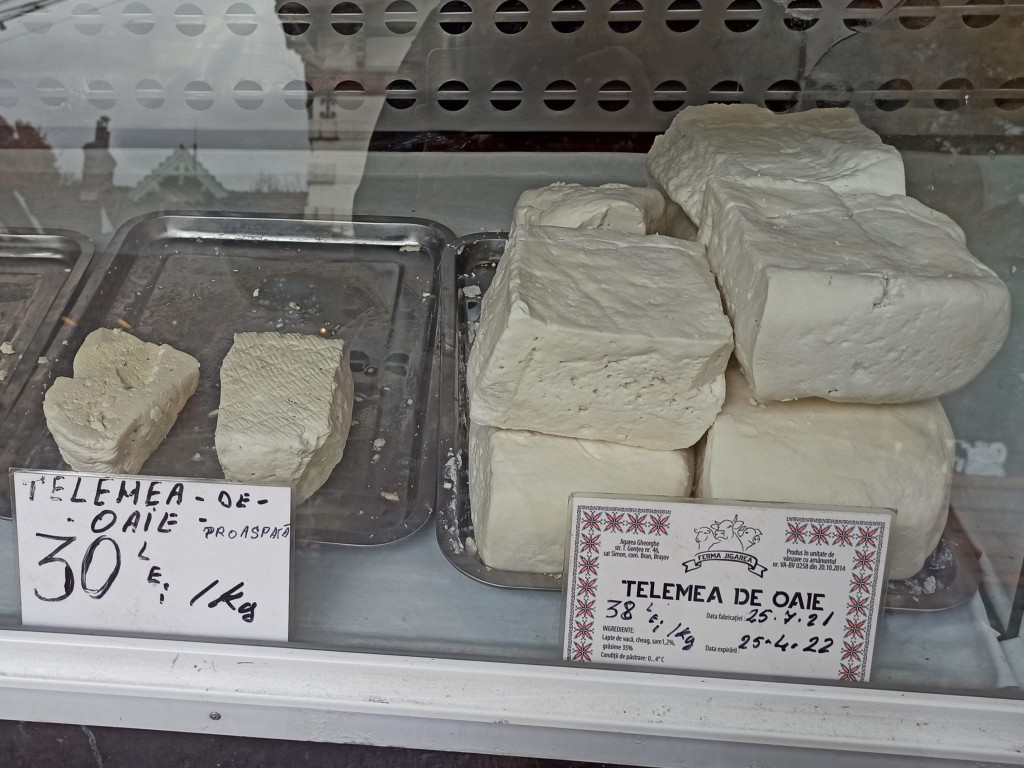
The most popular cheese in Romania is Telemea. It is a salty cheese, made either of a regular cow’s milk or from a sheep’s milk or even from a buffalo or goat’s milk. Originally, it should be made from a sheep’s milk, but these days, cow’s milk replaces it more and more often. Usually, Telemea is sold as a fresh cheese, however, some regions mature it in a brine. Before the whole process, the fresh cheese is cut into large pieces and then it is stored in a salty water. Telemea is very similar to a traditional feta cheese. Although it is high in fat, that can reach even up to 55%, Telemea has also a lot of water, what makes it soft, with a specific cream-like texture. When matured, it becomes more salty, crispier and with a more distinguishable taste. To produce it, milk is combined with some rennet. When it curdles, it is being placed in a tablecloth, pressed from the top, and stored for a couple of hours or for a night. After that, it is put into a salty brine to mature. If the brine is prepared with more salt, Telemea can be stored in it for a longer time. Then, before serving, the cheese is put into a water, to let it lose some salt.
Some Telemea varieties include storing cheese in a wooden barrel, or make it with seeds, spices and herbs. The most popular one is cumin.
As Telemea is a soft and creamy cheese, that contains a lot of fat, it is very often added to a traditional Romanian mămăligă. Another very popular way of serving it, is to serve it with fresh tomatoes, onion and some oil. Telemea is also used as a snack, in salads and in warm light dishes and desserts like pies, pancakes or even omelets.
Urdă cheese
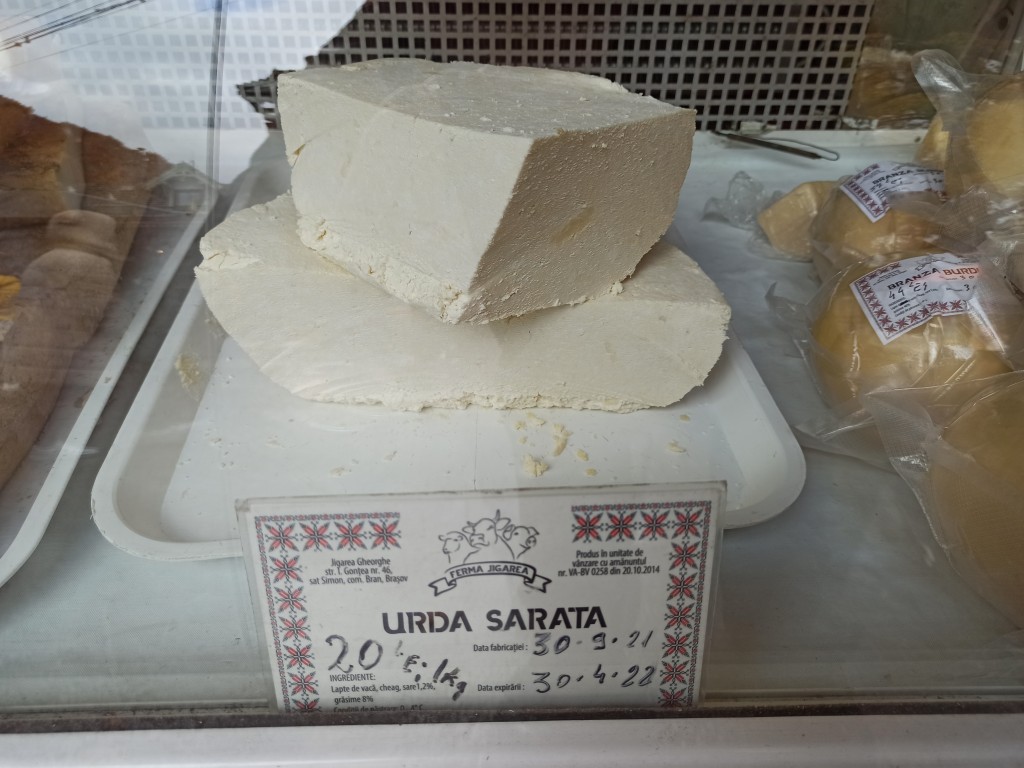
Urdă is a popular cheese in Balkans, Slavic countries and in the Eastern part of Europe. However, it is said, Urdă originates from Romania. This cheese is made either from sheep’s or from a cow’s whey. In some areas, it is possible to get Urdă made of a goat whey, however, that is very rare. The process of preparing Urdă is very similar to the one of making, a better known, ricotta cheese. The whey, you use to make this cheese is obtained from a brine in which the cheese was stored. It is drained and heated. Finally, it is formed into spherical molds. Urdă is a creamy cheese, very soft in texture and mild in flavor. Usually, Urdă is low in salt and has a silky consistency. All that, makes it an ideal ingredient for many Romanian desserts and sweet dishes including pancakes.
Brânză de burduf - cheese
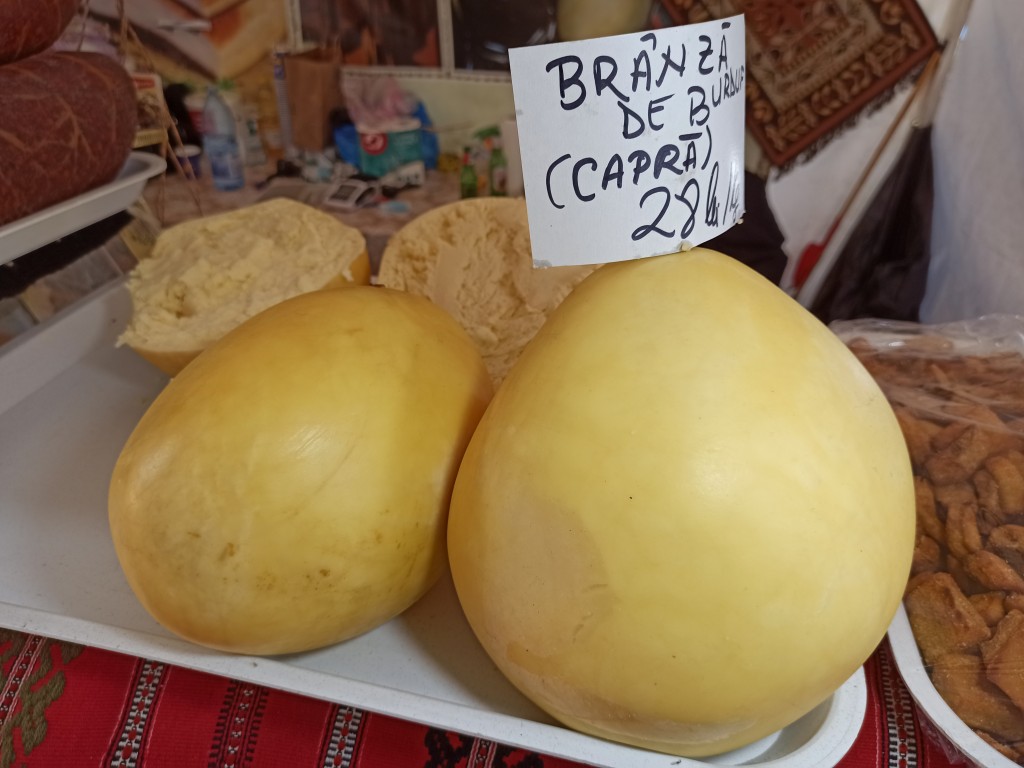
This is the most loved cheese in Romania. Originally it is made from a sheep’s milk and different ways of making it can be applied. In some areas a buffalo milk replaces the sheep’s one, however, that is relatively rare. In many places, the whole process follows traditional methods, even including usage of traditional utensils. Sheep’s milk is sieved, slightly warmed and then rennet is added to it. All is mixed and finally, stored in a wooden container to let it get the solid form. Then, it is placed in a wooden box. This part lasts about one or two weeks. Finally, Brânză de burduf is sliced and grinded. Salt is added to it, and at the end the whole mixture is put into a sheep’s skin or stomach. Other ways of preparing Brânză de burduf include cutting a sweet caş cheese into small pieces, mix it with salt and knead into a mold. Finally, as in the previous technique, the mixture is placed in a sheep’s skin or stomach, or in some areas, it is put into a pine barrel or cylinder, what gives the cheese a unique flavor. This type of Brânză de burduf varies from region to region and has some specific flavors depending on whether it was produced in Transylvania, in Bucegi mountains, or in Moldova. Brânză de burduf is a mature cheese with a strong flavor, that sometimes is strengthened by a wooden aroma.

The selection of cheese in Romania is much wider, than only these mentioned above, however, these are the most loved, the most popular and the most typical for Romania.
Any time you have such an option, do try it. Try it in different regions, in different areas and from different producers. What is wonderful, is the fact, that in many cities, villages, or little towns, still exist local markets with homemade products. Many of them is certified, labeled and even vacuumed for a longer storage.
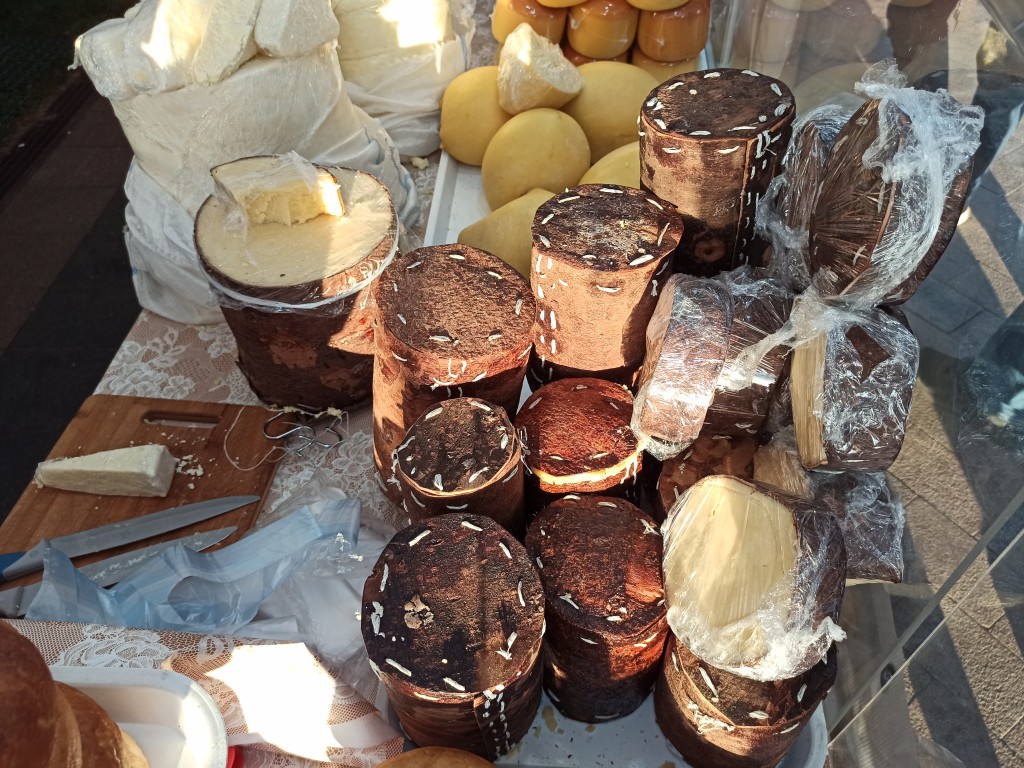
When you try more of them, you will be able to distinguish slight differences in textures, saltiness, and hardness. You will also find places where the same type of cheese has a completely different aroma. Some will have a stronger one, some will be milder, and even the same set of spices or herbs would be used, the final product might be completely different.
Try the cheese made of a sheep’s, goat’s, or buffalo milk as they are rarer and much more typical for that region. Finally, read also about other local products in Hungary.
Date: 2021-12-07
Author: Beti – A passionate traveler and lover of Asian cuisine, especially Thai and Japanese dishes, Bernadeta brings her culinary and cultural experiences to life in her writing. Beyond her travels, she’s an avid technology enthusiast with a deep interest in data processing, merging her love for exploration with analytical insights.
Photographer: Adalbert – An aficionado of computers and photography, Adalbert captures the essence of diverse cuisines with a discerning eye. A connoisseur of rich flavors and particularly fond of meat-based dishes, he combines his technical skills with his passion for the culinary arts in every shot.









